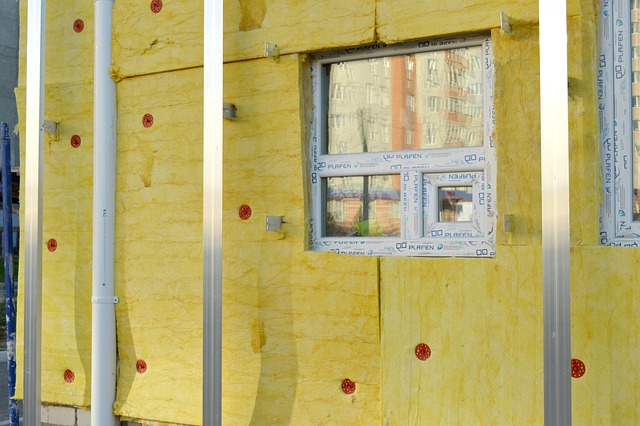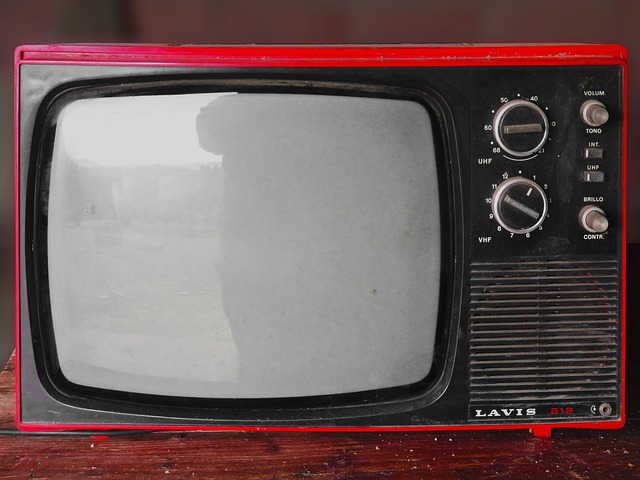In the ever-evolving world of audio technology, harmonic distortion (THD) typically enters conversations about sound quality and performance. Particularly in TV audio systems, understanding THD not only enhances our viewing experience but also enriches our appreciation for the technological innovations that allow us to enjoy high-fidelity sound.
As we delve into the realm of TV audio, it’s vital to visualize how sound waves operate. When we consider a perfectly reproduced sound wave, it represents a pure tone. However, when components in the audio chain are less than perfect, additional frequencies can emerge, creating what we refer to as harmonic distortion. These extra frequencies can challenge the clarity of what we hear, leading to a convoluted audio experience that detracts from the brilliance of the visuals on our displays.
Modern monitors and display technologies are engineered with imperceptible detail in mind, showcasing stunning visual fidelity that captivates audiences. However, all of this can be undermined if the audio system fails to deliver an equally mesmerizing sound. When discussing harmonic distortion, especially in TV audio, the key is to minimize it to create a seamless audio-visual experience. For enthusiasts, devices with lower THD measurements often translate to a more engaging and authentic audio experience.
Graphic visualization of audio performance can be quite striking. Engineers and technicians often use oscilloscopes and spectrum analyzers to illustrate how THD affects the sound. Picture a waveform that should traditionally exhibit a smooth, sinusoidal shape but instead appears jagged or distorted; this is where the impact of harmonic distortion becomes painfully clear. For many, particularly those invested in home theater systems or high-end monitors, the pursuit of minimal THD is akin to a quest for audio nirvana.
Technological advancements have paved the way for innovations that help combat harmonic distortion. From digital signal processing (DSP) to better quality amplification systems capable of delivering cleaner signals, the tools available today help ensure that both sound and vision live up to the highest standards. This kind of quality is what audiences seek—a harmonious blend of sights and sounds that elevate their experience, whether they are watching a film, catching a concert, or diving into a gripping video game.
As we assemble our audio setups, understanding harmonic distortion (THD) becomes crucial in selecting the right components. Each piece, from the display technology to the speakers, contributes to the overall integrity of the audio output. Enthusiasts often find themselves experimenting with different configurations, aiming for the right balance that minimizes THD while maximizing immersion. In this technological world, where we crave perfection, monitoring THD can guide us in curating the ultimate sensory experience.
Ultimately, the relationship between what we see and hear is critical to our overall experience of entertainment. By tapping into the technical aspects of harmonic distortion in audio technology, we heighten not only our awareness but also our enjoyment of media. The journey through sound and visual technology is relentless, yet it is this pursuit of clarity above distortion that fuels our passion for innovation and excellence.


